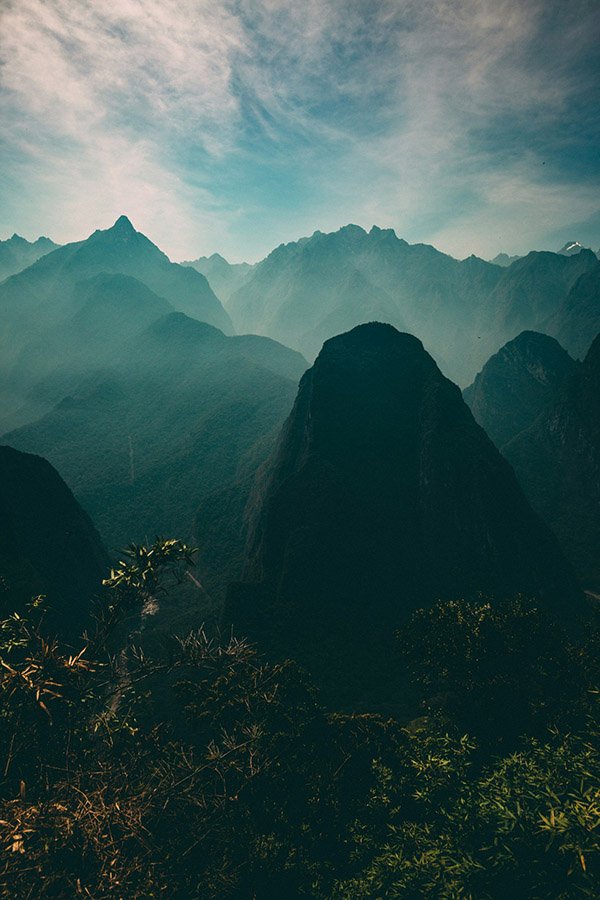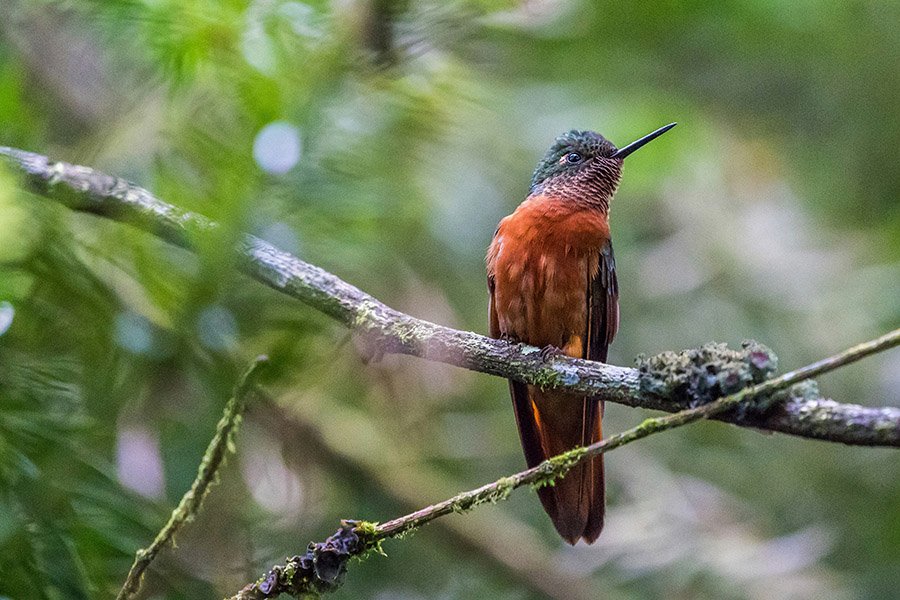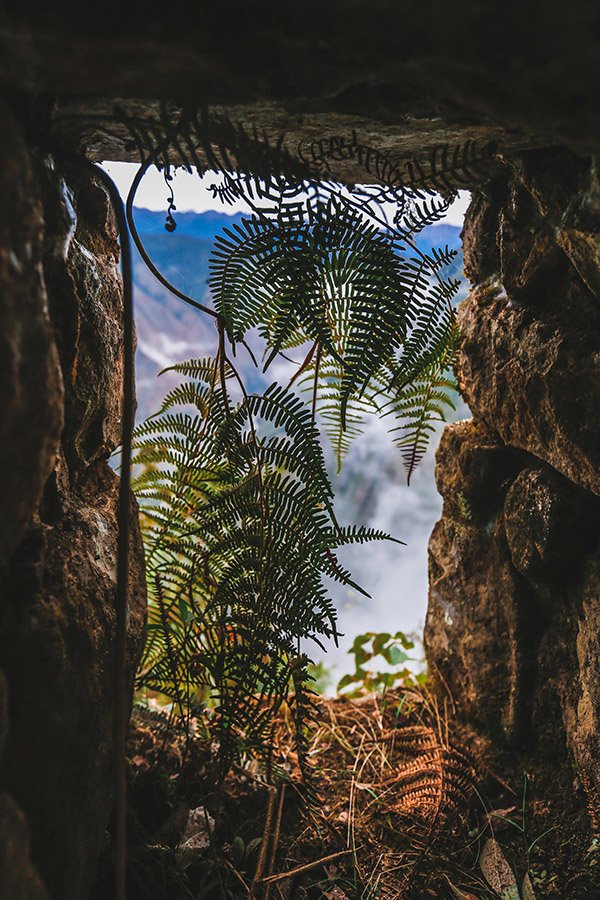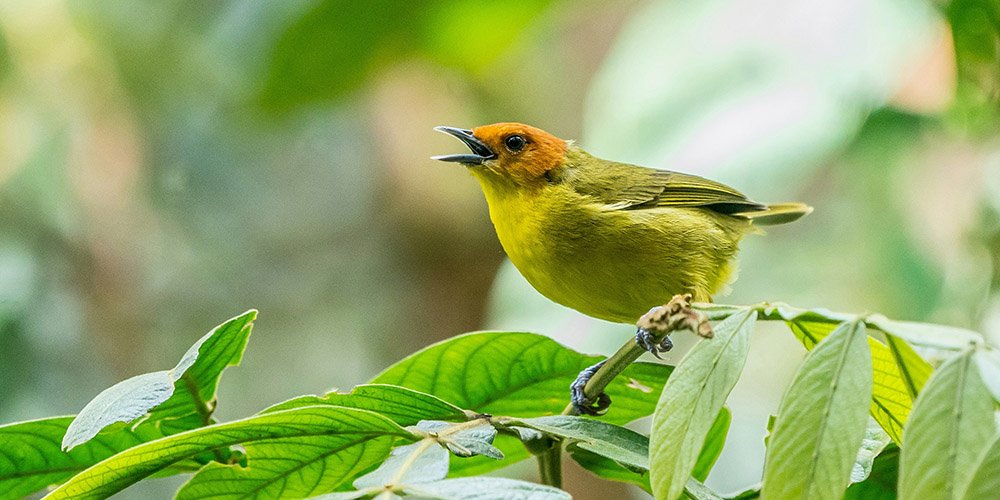Perched high in the Andes Mountains, Machu Picchu is not only a testament to the architectural prowess of the ancient Inca civilization but also a thriving hub of biodiversity. This renowned archaeological site is enveloped by a lush cloud forest, part of the Peruvian Yungas, a region celebrated for its unique ecological characteristics.
The fusion of rich historical significance and ecological diversity makes Machu Picchu a compelling subject of study for both historians and ecologists. As we explore the vibrant flora and fauna that inhabit this area, we gain insights into the delicate balance of this ecosystem and the importance of preserving such a treasure for future generations.
The Cloud Forest Environment
The cloud forest surrounding Machu Picchu is characterized by dense mist and high humidity, which blanket the area most of the year. You can take a good look at it in our Machu Picchu virtual tour.
These forests are typically found at altitudes between 500 and 4,000 meters, where the moisture from the clouds continuously nourishes the plant life, creating an incredibly lush environment. The climate is temperate, and the persistent fog provides the necessary moisture to sustain the forest without relying solely on rainfall.
Cloud forests are vital for water regulation in mountainous landscapes. They capture the moisture from the clouds, which eventually drips down to the forest floor and into the soil, thus providing a sustained water source for the rivers and streams running through the mountains.
This mechanism is crucial not only for the survival of the forest’s own biodiversity but also for the communities that rely on these water sources downstream.
Despite their ecological importance, cloud forests like the one surrounding Machu Picchu face significant threats. Climate change is altering precipitation patterns and cloud cover, which can lead to reduced moisture availability for these forests.
Additionally, human activities such as agriculture expansion, logging, and the pressure from tourism are contributing to habitat fragmentation and degradation. These activities threaten the delicate balance of this ecosystem, posing challenges for conservation efforts.
Also read our resource page

Flora of Machu Picchu
The cloud forest around Machu Picchu is home to an astonishing variety of plant species. The humid, misty conditions are perfect for a wide range of flora, including numerous species of orchids, which are particularly renowned in this region.
Over 300 species of orchids have been identified in the Machu Picchu Historical Sanctuary alone, varying from vibrant large flowers to subtle, almost hidden species. Ferns, mosses, and bromeliads also thrive here, clinging to the trees and carpeting the forest floor, creating a verdant layer that adds to the mystique of the forest.
Among the green expanse, several plants are endemic to this region, meaning they are found nowhere else on earth. This includes some types of orchids and medicinal plants, which have adapted uniquely to the specific environmental conditions of the Andean cloud forest. These species’ ability to thrive is closely tied to the microclimates of the high-altitude Andean slopes.
The unique flora of Machu Picchu faces threats from invasive species, human encroachment, and the ever-looming issue of climate change. Conservation initiatives are crucial in this region.
Efforts include rigorous monitoring of plant health, restricting tourist paths to prevent trampling of delicate plants, and working with local communities to promote sustainable land use practices that protect these vital ecosystems.
Fauna of Machu Picchu
Bird Species: The cloud forest ecosystem supports a diverse avian population, making Machu Picchu a prime spot for bird watching. Iconic species include the Andean cock-of-the-rock, known for its brilliant red plumage and unique mating dance, and the Andean condor, a symbol of the Andes mountains. The high biodiversity of birds is crucial for pollination and seed dispersal, contributing to the ecological balance of the forest.
Mammals: The Andean cloud forest is also home to several species of mammals that are seldom seen but vital to the ecosystem’s balance. This includes the spectacled bear, the only bear species native to South America, which is often considered an umbrella species, meaning its conservation also protects many other species in the same habitat. Pumas, though rarely sighted, roam the higher altitudes, playing a critical role as top predators.
Unique Insects and Amphibians: The lesser-known residents of the Machu Picchu area include a variety of insects and amphibians that are equally important to the ecosystem.
Glow-in-the-dark scorpions and a multitude of frog species, such as the strikingly colored poison dart frogs, are just some of the unique creatures that contribute to the high biodiversity of the region. These species are often sensitive to environmental changes, making them important indicators of ecological health.
The diversity of flora and fauna around Machu Picchu not only enhances the site’s natural beauty but also underscores the importance of comprehensive conservation strategies to maintain this area’s ecological integrity and resilience.

Ecological Importance of Machu Picchu’s Cloud Forest
The ecological roles of the flora and fauna in Machu Picchu’s cloud forest are vast and varied. Plants like the diverse orchids and ferns not only add to the aesthetic and biological richness of the area but also play crucial roles in the ecosystem.
For instance, the dense vegetation helps stabilize the soil and prevent landslides, a significant benefit in the mountainous terrain. Additionally, the plants are vital for the water cycle, capturing fog and contributing to the humidity and moisture that define the cloud forest environment.
The fauna, from birds to mammals and insects, contributes to the biodiversity and ecological balance of Machu Picchu. Birds, such as the Andean cock-of-the-rock, help in pollinating plants and dispersing seeds, facilitating forest regeneration and growth.
Mammals like the spectacled bear contribute to the biodiversity understorey through their foraging activities, which help in seed dispersal and in maintaining the structure and composition of the forest habitat.
Amphibians and insects, often overlooked, play critical roles in nutrient cycling and as indicators of ecological health, reflecting the overall condition of their habitats.
Challenges to Biodiversity
Human Impact: The biggest challenge to the biodiversity around Machu Picchu is human activity. The influx of tourists, while economically beneficial, poses risks such as habitat disturbance, pollution, and the introduction of non-native species that can compete with local flora and fauna. Additionally, agriculture and urban development in nearby areas can lead to deforestation, altering the habitat that numerous species rely on.
Climate Change: The impacts of climate change are particularly acute in delicate ecosystems like the cloud forests. Changes in temperature and precipitation patterns can lead to a mismatch between the plants and the climatic conditions they are adapted to, potentially leading to decreased biodiversity.
These changes also affect the animals, particularly those species that are highly specialized to specific ecological niches found within the cloud forest.

Efforts in Conservation and Education
Recognizing the critical need to preserve the unique biodiversity around Machu Picchu, several conservation initiatives have been implemented. Local and international organizations have collaborated to establish protected areas and promote sustainable tourism practices that minimize environmental impact.
For example, the Peruvian government has introduced regulations that limit the number of visitors to Machu Picchu and the surrounding cloud forest, helping to reduce the strain on the natural habitat.
Educational programs play a crucial role in conservation efforts. These programs aim to raise awareness among tourists and local communities about the importance of preserving the unique flora and fauna of the region.
Efforts include providing information on the ecological roles of different species and the broader importance of biodiversity. Additionally, training programs for local guides emphasize responsible tourism practices, ensuring that visitors leave minimal footprints and understand the significance of their actions.
Conclusion
Machu Picchu is more than just an archaeological wonder; it is a vibrant ecosystem teeming with unique flora and fauna that are integral to the ecological health of the Andes. The preservation of this natural heritage is essential not only for maintaining the ecological balance but also for ensuring that future generations can enjoy and learn from this magnificent site.
The combined efforts in conservation and education are vital in fostering a sustainable relationship between humans and the natural world, ensuring that Machu Picchu remains a symbol of both cultural and natural heritage.
As we move forward, it is our collective responsibility to support these efforts and ensure that Machu Picchu continues to thrive as a testament to the wonders of nature and human ingenuity.



Add comment